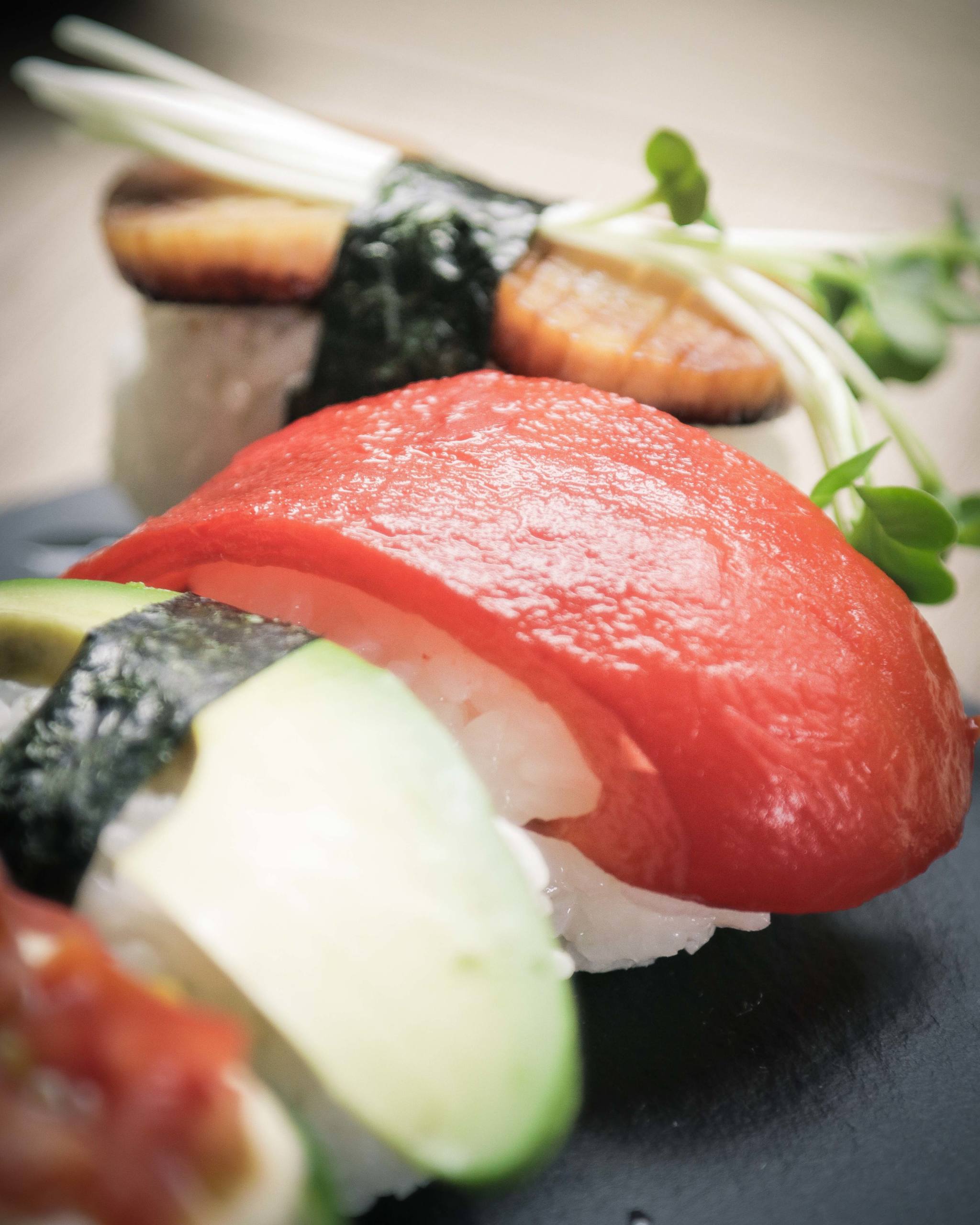
Bentoya ♡ Nigiri Sushi
View this post on Instagram A post shared by Vegan Japanese Cooking Class (@bentoyacooking)
Modoki ryori [もどき料理] refers to food which uses plant-based ingredients to mimic the appearance, taste and texture of meat-based dishes. This type of dishes are common in shojin ryori [精進料理, Buddhist Cuisine] and they have also achieved a certain mainstream popularity due to the health factor of eating vegetable-rich meals. Hence, today there are many restaurants specialising in serving shojin ryori inspired meals.
Buddhism arrived in Japan in the 6th century and in the 13th century modoki ryori originated as part of the temple food eaten by Japanese Zen Buddhist monks. It was the leader of the Zen Buddhist Soto school, Dogen, who took initiative for the development of the cuisine in Japan after having been inspired by similar practices in China. Buddhism does not allow the killing of animals for food, hence the monks developed a plant-based* diet. This diet is in Japan commonly known as shojin ryori and incorporates modoki ryori techniques into the cooking to produce nutritious and healthy meat-free meals.
*The majority of shojin ryori dishes do not contain milk or eggs, but as these ingredients are easier to find today compared to the past, there may be dishes containing either or both.
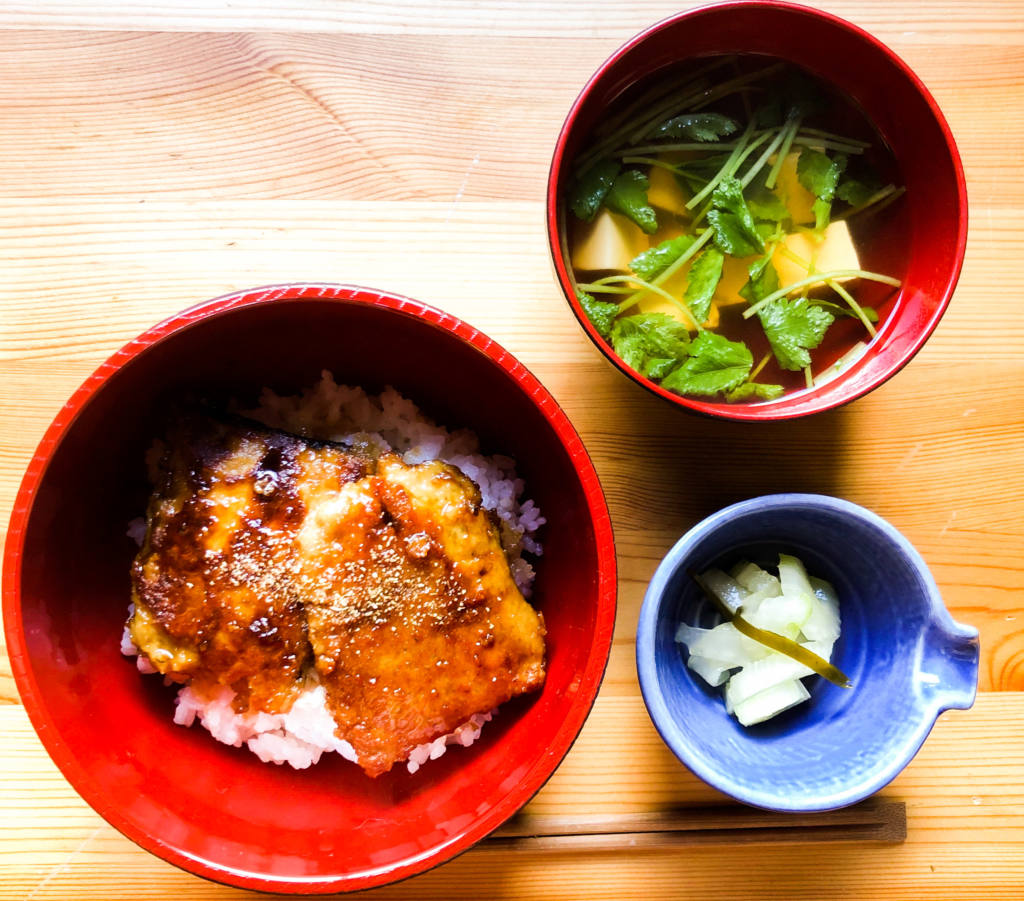
Vegan unajyu (grilled eel) prepared using modoki ryori techniques, clear soup and pickles.
Modoki ryori-style dishes originating in shojin ryori are often simple. However, while the dishes themselves can look simple on the plate, the preparation and processing times can be time-consuming, e.g. fermentation processes, making soybean curd and drying different ingredients (this was especially true in the past when a higher amount of manual labour was required).
A shojin ryori meal is put together with a certain balance in mind. A meal typically has:
5 colours: white, black, yellow, green and red.
The focus on using several different colours is also a good way to ensure that you are eating a variety of plant-based ingredients that each add to the nutritional balance of the meal.
5 tastes: salty, bitter, sour, sweet and umami.
Dishes are also prepared in five different ways: steamed, fried, grilled, boiled and raw.
In line with the focus on the number five, the meal may also consist of five plates: rice, soup and three different side dishes. However, you will often find meals with more dishes than five. There are also ingredients which are avoided due to their strong smell, so called gokun, such as garlic and onion.
The ingredients used are usually seasonal. For example, in the autumn you are likely to find kabocha (Japanese pumpkin) on the plate, while in the Spring this is unlikely since the pumpkin is out of season. Hence, a shojin ryori meal prepared in the spring will look different from a meal prepared in the autumn.
Shojin ryori adopts a no waste policy. Rather than throwing away left-over ingredients they are kept and used for another purpose.
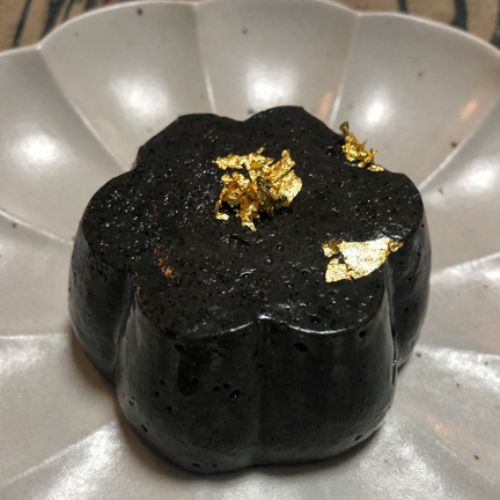
Gomadofu (Photo by Sarah Hodge)
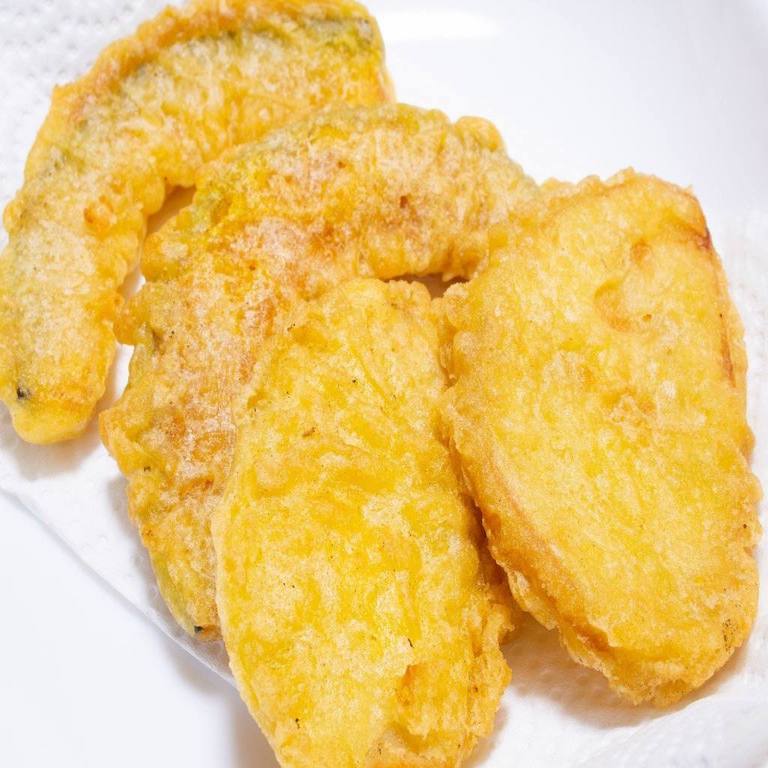
Sweet potato and kabocha (Japanese pumpkin)
Check out this blog post by guestblogger Eiko Azumano to learn more about Japanese vegan cooking ingredients and veganism in Japan.
If you are interested in learning more about shojin ryori, our guestblogger and shojin ryori enthusiast Sarah Hodge has you covered with this introduction to shojin ryori and tips for learning more/ attending a shojin ryori cooking lesson.

View this post on Instagram A post shared by Vegan Japanese Cooking Class (@bentoyacooking)
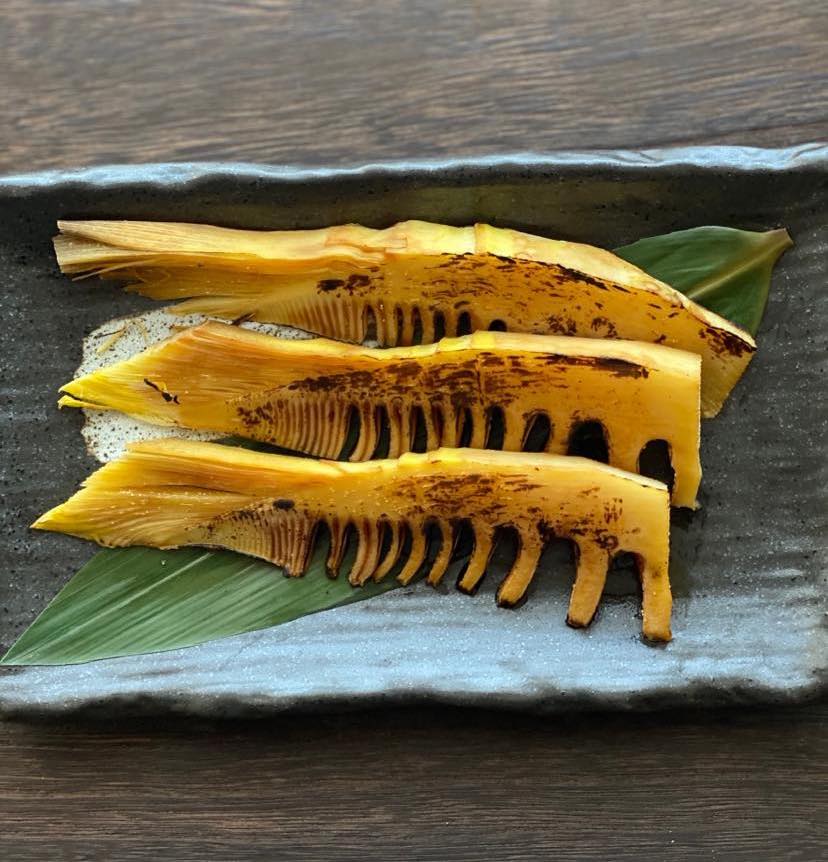
In Japan, the vegetable and fruit selection changes with the seasons. Seasonal vegetables are often budget-friendly and a great way to add variation to your cooking.
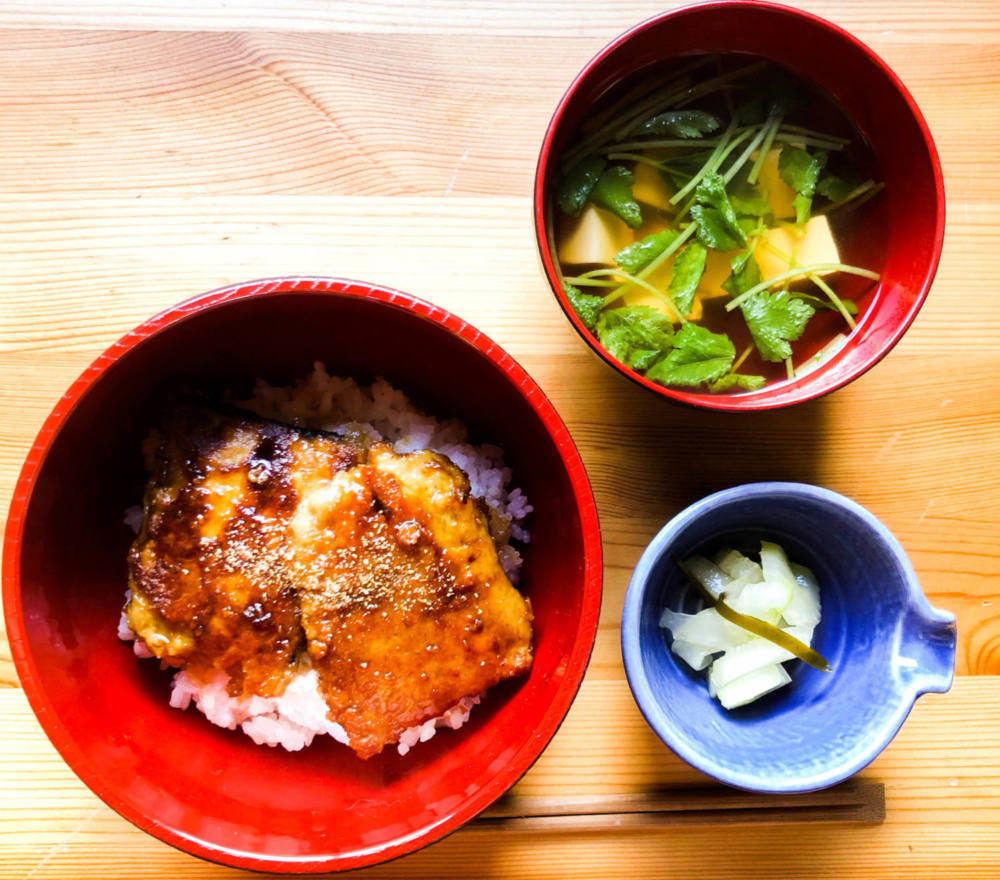
Modoki ryori refers to food which uses plant-based ingredients to mimic the appearance, taste and texture of meat dishes. This type of dishes are common in shojin ryori and they have also achieved a certain mainstream popularity due to the health factor of eating vegetable-rich meals.
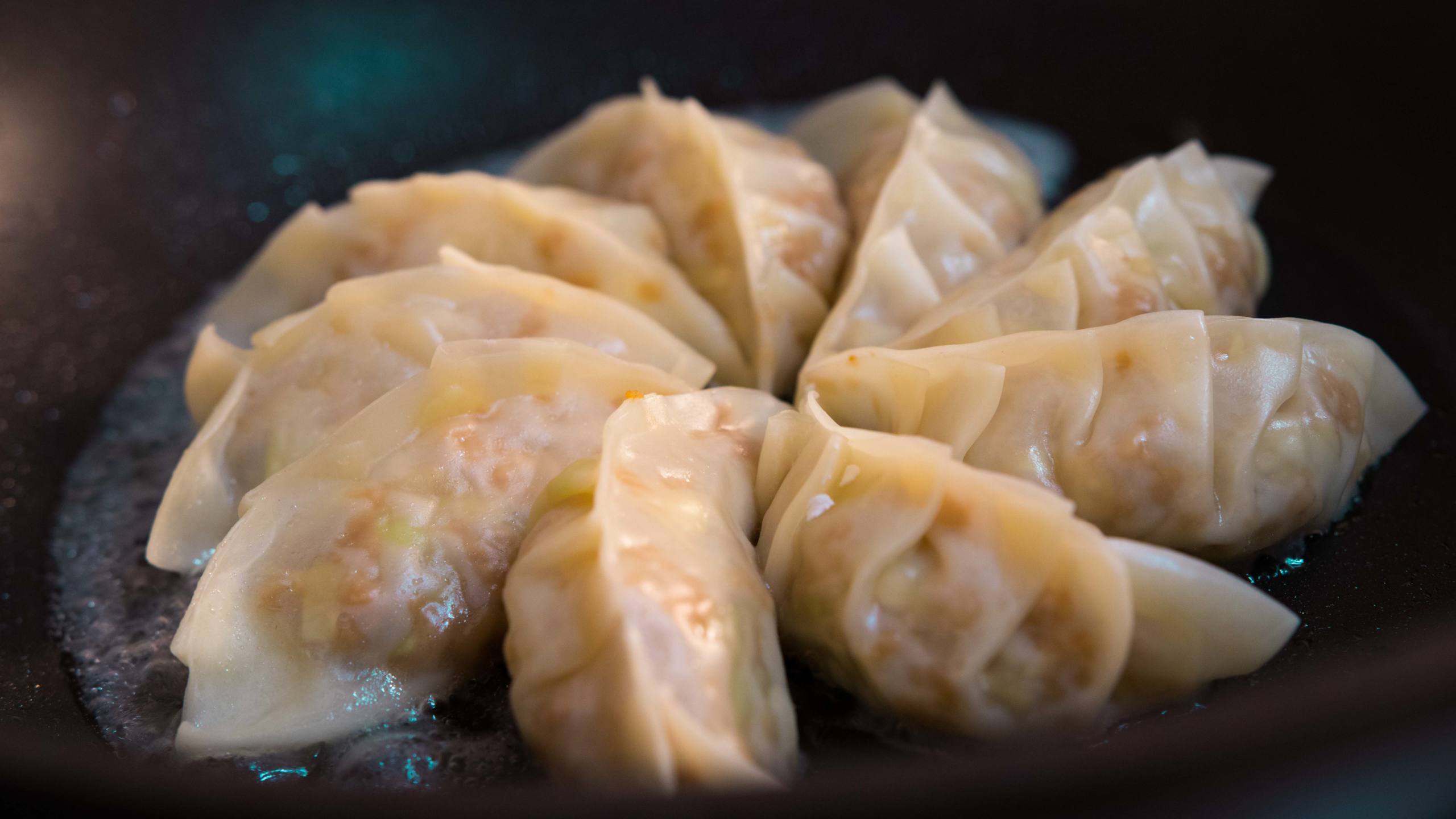
Chuka ryori (中華料理) refers to Japanese-Chinese dishes which originate from China, but have been adjusted to fit the style and taste of the Japanese palette. Dishes that belong to this group are for example ramen, gyoza and harumaki.
Sign up to our newsletter and get our latest recipes, cooking related content & offers delivered right to your mailbox!